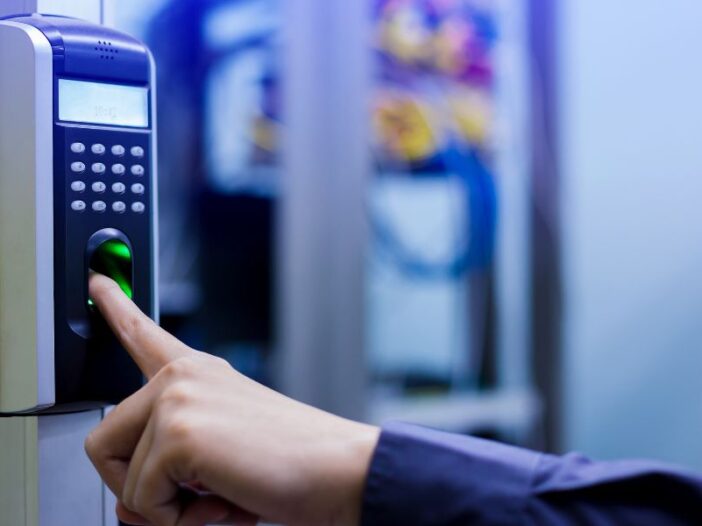
Access control systems have become essential in securing digital and physical spaces. They’re pivotal in today’s world, where security breaches are all too common. This blog post will explore the different components of access control, providing you with a comprehensive understanding of how these systems function and their significance in modern security practices.
Table of Contents
Introduction to Access Control
Access control is a method used to regulate who or what can view or use resources in a computing environment. It’s a fundamental element in protecting assets from unauthorized access. Whether it’s a restricted area within a building or sensitive information on a network, access control systems ensure that only authorized individuals gain entry. Data breaches can have severe consequences, and understanding access control is more important than ever.
Types of Access Control
Access control comes in various forms, each suited for different security needs.
- Physical access control restricts entrance to buildings, rooms, or other tangible assets.
- Logical access control limits connections to computer networks, system files, and data.
- Biometric access, which utilizes unique biological traits like fingerprints or retinal scans, is gaining popularity due to its high reliability.
Knowing the types helps organizations choose the right system to protect their assets effectively.
Components of Access Control Systems
An access control system comprises several key components. Credentials are the information or objects users need to gain access. These can range from passwords to physical items like a magnetic stripe proximity card. Readers are devices that authenticate credentials. They can be as simple as a keypad or as advanced as a fingerprint scanner. Controllers are the brains of the system, processing information from readers and deciding whether to grant or deny access. The software manages the system, allowing administrators to set permissions and monitor entry history.
How Access Control Works
An access control system verifies credentials through readers, which send this data to controllers. Controllers then evaluate the credentials against a predefined list of authorized users. The system will grant access if it finds a match. The system’s software will log the event. If not, it denies entry. This seamless process protects properties by ensuring only authorized individuals enter secured areas.
Benefits of Access Control
Implementing access control systems brings numerous benefits. Enhanced security is perhaps the most significant. These systems deter unauthorized access, reducing the risk of theft and data breaches. They also offer convenience by automating entry processes and eliminating the need for traditional keys. Modern access control systems are beneficial because they often integrate with other security measures, providing comprehensive protection. They protect data by ensuring authorized personnel can access sensitive information.
Access Control Best Practices
Choosing the right access control system involves careful consideration of specific needs and thorough research. Make sure you select a system that aligns with your security goals and budget. Once implemented, regular maintenance ensures the system continues to function effectively. This maintenance includes updating software, replacing worn-out components, and monitoring logs for unusual activities. Staying informed about advancements in access control technology helps systems adapt to new challenges. Access control systems are integral to maintaining security in personal and professional settings. By understanding their components and benefits, businesses and individuals can make informed decisions about implementing these systems. Access control isn’t just about keeping things locked up; it’s about ensuring peace of mind in an increasingly uncertain world.